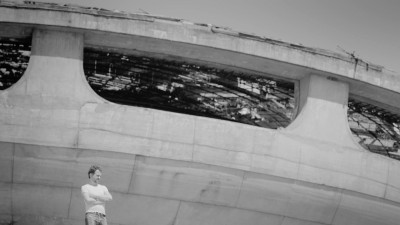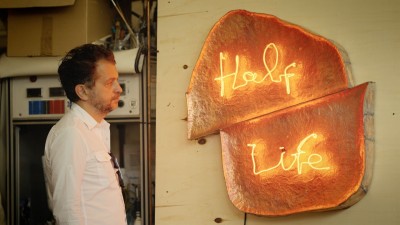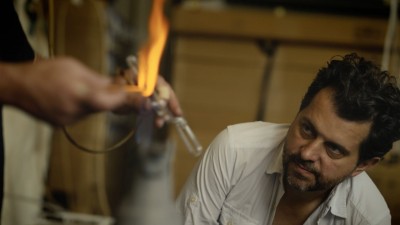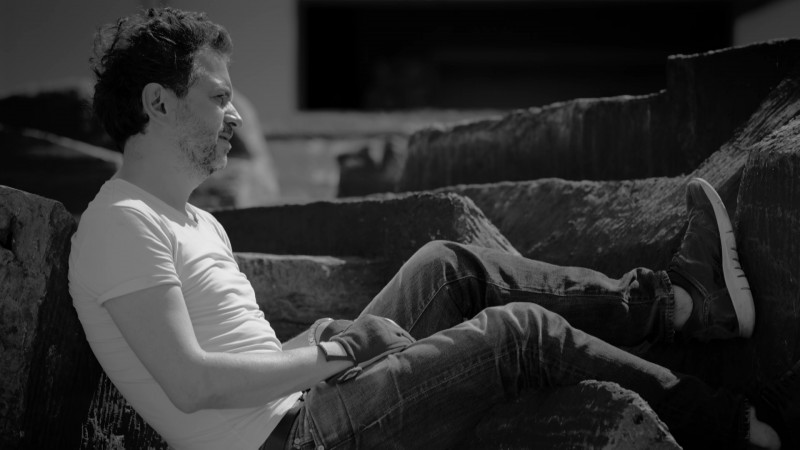In Sofia, in the shadow of a brutalist structure, Stefan Nikolaev's "Half-Life" takes shape in the hands of craftsmen, an ironworker and a glassblower.
About
SynopsisIn Sofia, in the shadow of a brutalist structure, Stefan Nikolaev's "Half-Life" takes shape in the hands of craftsmen, an ironworker and a glassblower.Stefan Nikolaev's works, the fruit of what he calls his own voluntary dislocation, revisit icons of our contemporary society, leaving a haze of "cool nostalgia" in their wake.
The Artist
Stefan Nikolaev was born in 1970 in Sofia, Bulgaria. He divides his time between Paris and Sofia. He is a visual artist and sculptor and is represented by the Michel Rein Gallery, Paris and Brussels.
Technical data
| Director and cinematographer | Stanislav Valade |
| Editor | Nicolas Blondel |
| Music composer | Chris Adamski and Benjamin Mathevet |
| Duration | 06:54 |









